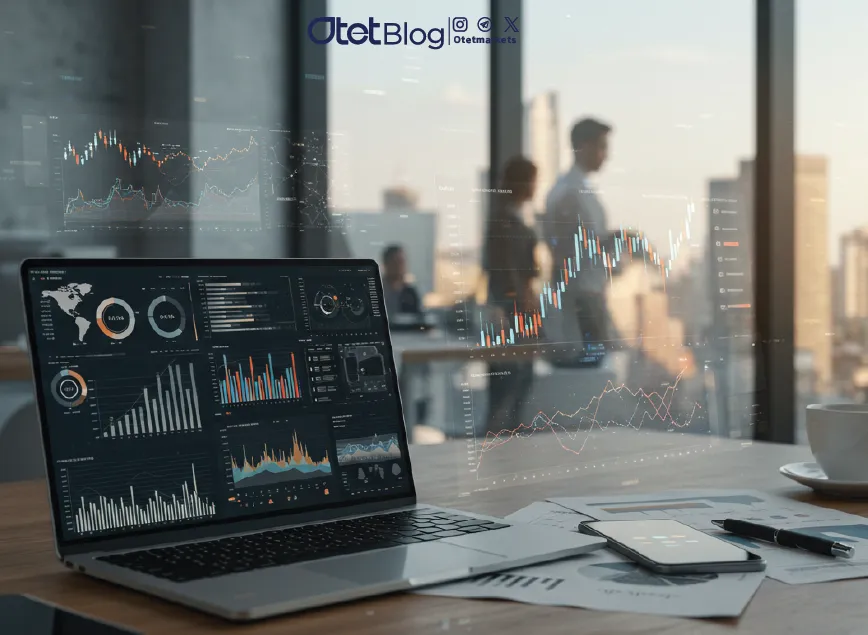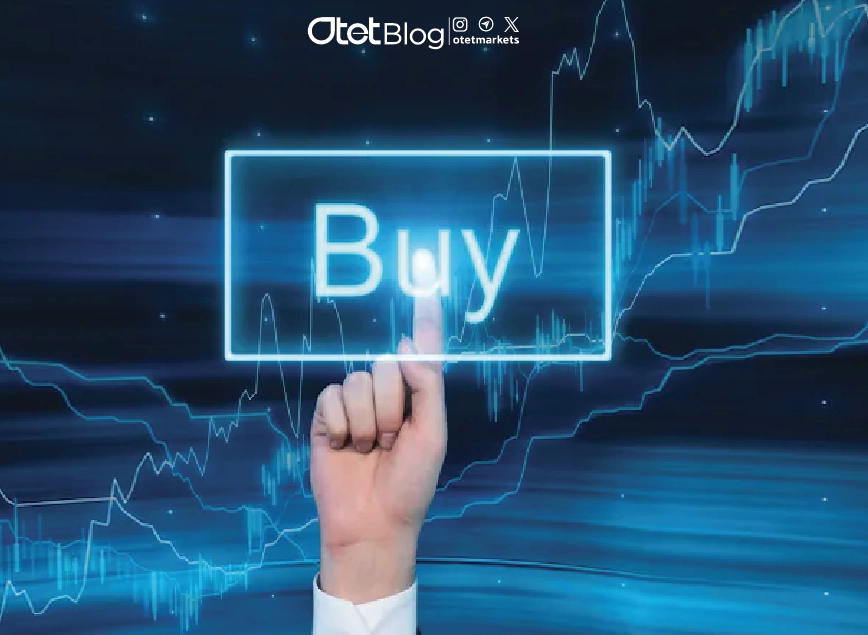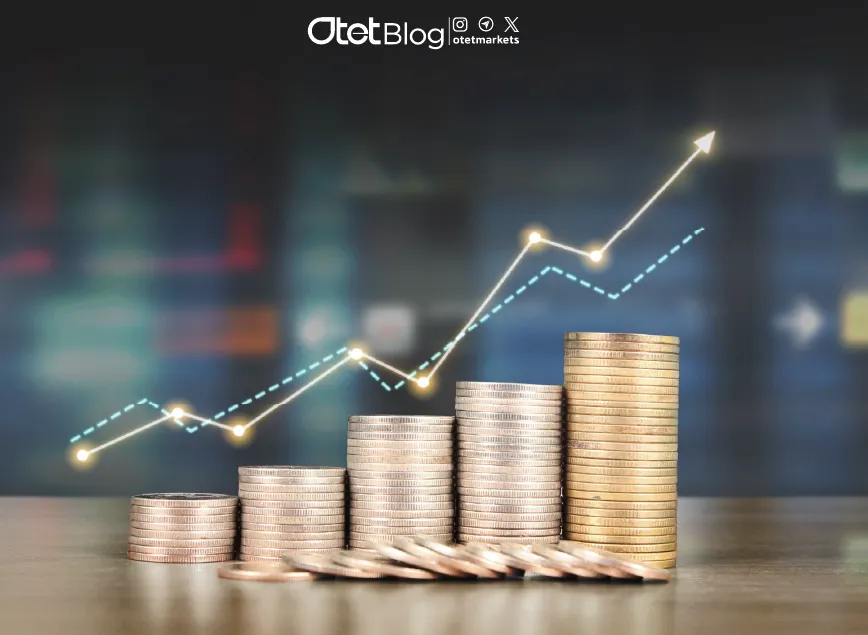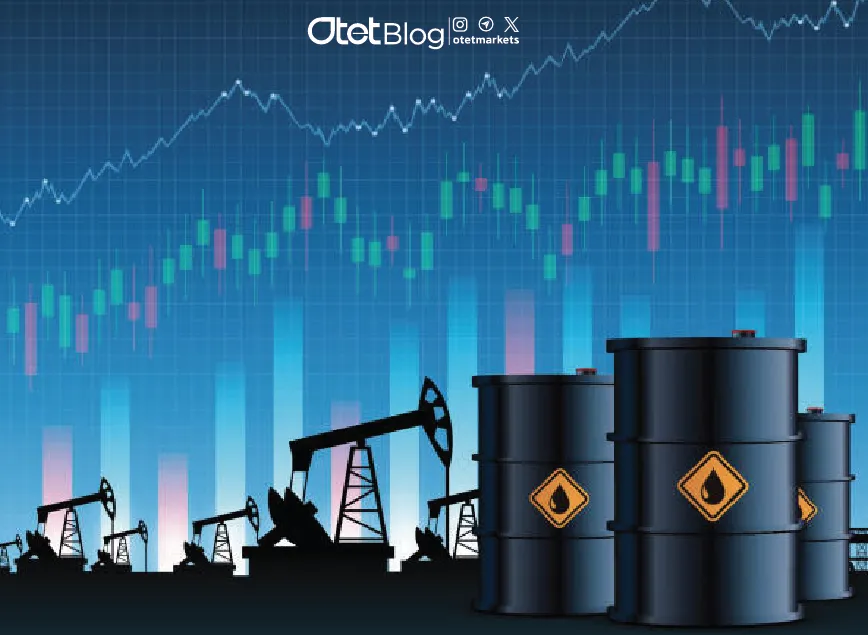
Digital Economy: The Driving Force of the Modern World
Estimated reading time: 5 minutes
Table of contents
- What Is the Digital Economy?
- Main Components of the Digital Economy
- A Short History of the Digital Economy
- Benefits of the Digital Economy
- Challenges of the Digital Economy
- Industries Most Affected by the Digital Economy
- Future Trends in the Digital Economy
- Role of AI and Blockchain in the Digital Economy
- Conclusion
The digital economy is rapidly transforming the way we live, work, and interact. It blends technology, information, and innovation to drive economic activities and connect businesses with consumers across the globe. In this new era, digital platforms, cloud computing, mobile apps, and data analytics are not just tools—they’re the foundation of modern life.
This article takes a deep look at what the digital economy is, its building blocks, how it started, its advantages, the challenges it brings, and where it’s heading in the future.
What Is the Digital Economy?
The digital economy refers to economic activities that use digital technologies, especially the internet, as a key part of their operation. Unlike the traditional economy that relies on physical products and face-to-face services, the digital economy creates value through data, online interactions, and fast communication systems.
For example, when you buy a product online, book a taxi through an app, or take a virtual class, you’re participating in the digital economy. These systems are efficient, scalable, and designed for a connected world. In essence, the digital economy is the future of how the world does business.
Main Components of the Digital Economy
Key Pillars of the Digital Economy
| Component | Description |
|---|---|
| 💻 Digital Infrastructure | The foundation, including internet, cloud services, and mobile networks |
| 📱 Digital Platforms | Apps and websites that connect buyers, sellers, and users |
| 📊 Big Data & Analytics | Systems that collect and analyze large volumes of data |
| 💳 Digital Payments | Tools like online banking, mobile wallets, and cryptocurrencies |
| 🤖 Emerging Technologies | New innovations such as AI, IoT, and blockchain |
These components work together to create seamless, smart, and scalable economic systems.
A Short History of the Digital Economy
- The digital economy began to take shape in the 1990s when the internet became available to the public. At first, businesses created simple websites to share information. Soon, platforms like Amazon and eBay introduced e-commerce to the world.
- By the 2000s, smartphones and social media changed how people interacted online. Businesses started using digital marketing, and consumers became more comfortable shopping and working online.
- In the 2010s, cloud computing and big data gained popularity. Businesses started using analytics to understand customer behavior, while fintech companies made digital payments easier and safer.
- Now, in the 2020s, technologies like artificial intelligence, blockchain, and remote working tools are reshaping the economy again—making it faster, smarter, and more global than ever before.
Benefits of the Digital Economy
The digital economy brings many advantages for different groups in society.
For Businesses
Companies can reach global audiences through online platforms. They can also use data to understand customers, personalize services, and improve operations. This leads to higher profits and better customer loyalty.
For Consumers
Digital tools make life more convenient. People can shop from anywhere, access services 24/7, and compare prices or read reviews before making decisions. Payments are also easier through mobile apps and e-wallets.
For Governments
Governments can use digital systems to collect taxes more efficiently, provide online services to citizens, and support innovation in startups and tech industries. They also gain better tools for regulating markets and protecting consumer rights.
Challenges of the Digital Economy
While the digital economy offers great potential, it also introduces serious challenges.
One of the biggest concerns is data privacy. As more personal information is shared online, the risk of cyberattacks increases. Many people are also worried about how companies use or sell their data.
Another challenge is the loss of traditional jobs. Automation and AI are replacing workers in some industries, which can increase unemployment unless people are retrained for digital roles.
In addition, there’s an issue of digital inequality. Not everyone has access to fast internet or modern devices. This digital gap creates unfair advantages for some regions while leaving others behind.
Governments and businesses must work together to create fair regulations, protect users, and invest in digital education to solve these issues.
Read More: The Smart Investor’s Guide: How to Invest $10,000 Wisely
Industries Most Affected by the Digital Economy
Major Transformations
| Industry | Change Driven by Digital Economy |
|---|---|
| 🛍️ Retail | Online shopping, personalized ads, digital storefronts |
| 💵 Finance | Mobile banking, robo-advisors, cryptocurrencies |
| 🎓 Education | E-learning platforms, virtual classrooms |
| 🏥 Healthcare | Telemedicine, wearable health tech, AI diagnostics |
| 🚗 Transportation | Apps for ride-sharing, smart traffic, self-driving cars |
Each of these industries has been reshaped by technology. Some traditional business models have vanished, while new ones have taken their place.
Future Trends in the Digital Economy
What Lies Ahead
- The future of the digital economy is full of innovation. AI will continue to make businesses smarter—automating tasks, detecting patterns, and even interacting with customers using chatbots and virtual assistants.
- Blockchain will create trust and security in digital transactions. It’s already used in cryptocurrency, but it will expand into contracts, voting systems, and even digital identity.
- Web 3.0, the next stage of the internet, will allow users to own their data and participate in decentralized systems. This will change how platforms operate, giving more power back to the user.
- Fast internet like 5G and 6G will make real-time applications (like self-driving cars and remote surgeries) more reliable. At the same time, green technologies will help reduce the digital world’s impact on the environment.
Role of AI and Blockchain in the Digital Economy
Artificial Intelligence (AI)
AI plays a major role in the digital economy. It helps businesses forecast sales, understand customer behavior, and automate complex processes. AI is also used in health care for diagnostics, in finance for fraud detection, and in marketing for creating personalized ads.
Blockchain Technology
Blockchain brings transparency and security. Every transaction is recorded in a digital ledger that cannot be changed. This builds trust between people and organizations without needing a middleman. It’s used in everything from finance to supply chains.
Together, these technologies are not just tools—they are changing the rules of the global economy.
Conclusion
The digital economy is more than a trend—it’s a global shift. It connects people, ideas, and businesses through technology. It creates new opportunities but also demands new skills, systems, and ways of thinking. To succeed in this economy, countries must invest in digital education, companies must innovate, and people must stay open to change. Those who adapt will lead the future.
Share
Hot topics

Federal Reserve’s Challenges to Trump’s New Policies
As the Federal Reserve Open Market Committee (FOMC) prepares for its upcoming meeting, all eyes are on how the Fed will respond to Donald Trump’s latest economic policies. With the...
Read more




Submit comment
Your email address will not be published. Required fields are marked *